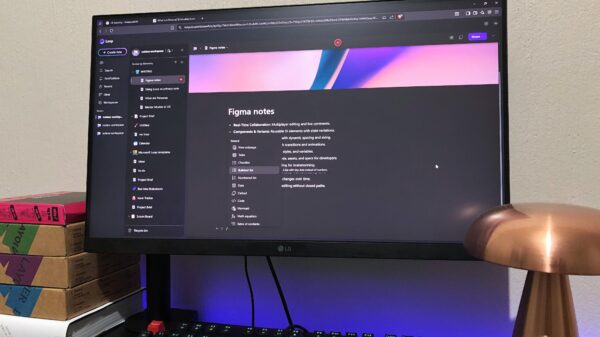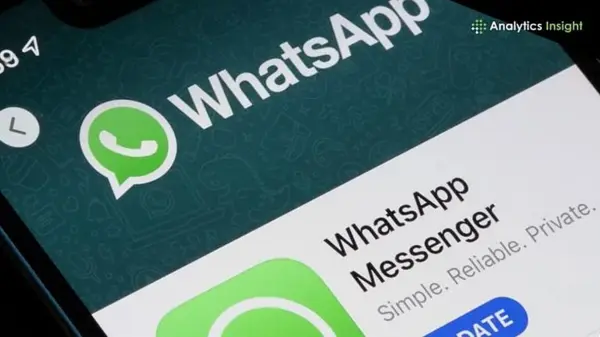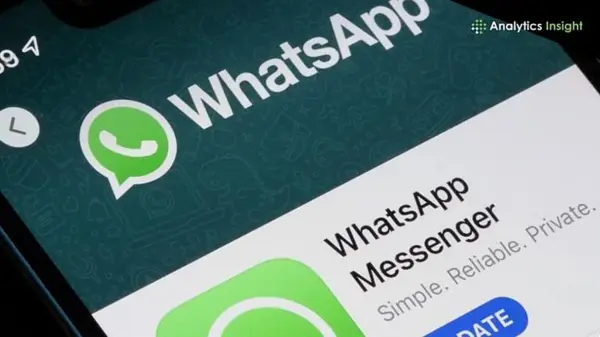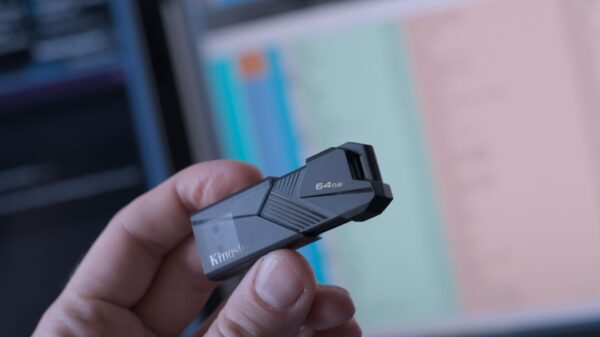BREAKING: Microsoft has just announced that its AI tool, Copilot, is now powered by GPT-5, marking a significant upgrade for users seeking enhanced productivity. This development follows the integration of OpenAI’s open-source GPT models into Microsoft’s local services just one day prior.
The addition of GPT-5 aims to revolutionize Copilot’s capabilities in various fields, including creative writing, coding, and health applications. Microsoft revealed that the advanced AI can perform complex tasks, such as creating a website with a single prompt. Users can access this powerful tool via Microsoft 365 Copilot, with a potential rollout for GitHub Copilot and other platforms in the near future.
While the full capabilities of GPT-5 are now live within Copilot, reports indicate that the Windows application still appears to be utilizing the older GPT-4 model for the time being. This has raised questions among users eager to experience the latest advancements. To enable GPT-5 in Copilot, users must navigate to the drop-down menu on the Copilot site.
Microsoft described the new model’s functionality as “thinks deeply or quickly based upon the task,” highlighting its advanced routing features that streamline query processing based on task complexity. A test prompt asking, “How much wood could a woodchuck chuck if a woodchuck could chuck wood?” yielded a precise answer of 700 pounds. However, when users requested a detailed explanation, Copilot provided a comprehensive breakdown, although not as extensive as the one available on ChatGPT.
In addition to enhancing Copilot, GPT-5 will be integrated into Azure AI Foundry, where it is available starting today. However, Microsoft indicated that the rollout for GitHub Copilot remains future-dependent. This strategic move comes on the heels of Microsoft’s previous announcement that it was introducing gpt-oss-120B and gpt-oss-20B to Azure AI Foundry, alongside GPU-optimized versions of the models for Windows devices.
Microsoft claims that GPT-5 offers improved safety features compared to previous iterations, boasting a strong AI safety profile against various threats, including malware generation and fraud. “The results show that the reasoning model exhibited one of the strongest AI safety profiles among prior OpenAI models,” a Microsoft spokesperson stated.
As the tech community watches these developments closely, the integration of GPT-5 into Microsoft’s ecosystem is poised to redefine user experiences across multiple platforms. Expect further updates as Microsoft continues to roll out these advanced features, with implications for businesses and individual users alike.
This latest advancement underscores Microsoft’s commitment to leveraging cutting-edge AI technology to enhance productivity and safety for users worldwide.








































































